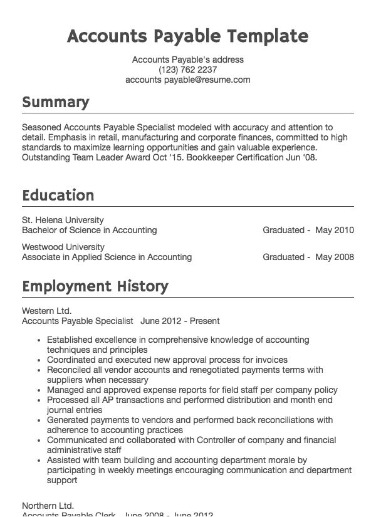Difference Between Product Cost and Period Cost with Comparison Chart
Accountants treat all selling and administrative expenses as period costs for external financial reporting. In accounting, all costs incurred by a company can be categorized as either product costs or period costs. Product costs are applied to the products the company produces and sells. Product costs refer to all costs incurred to obtain or produce the end-products. Examples of product costs include the cost of raw materials, direct labor, and overhead.

But you won’t be able to deduct them if you don’t know what they are. Though it may be tempting to just lump your expenses together, there are three great reasons why you need to separate product and period costs for your business. There is little difference between a retailer and a manufacturer in this regard, except that the manufacturer is acquiring its inventory via a series of expenditures (for material, labor, etc.). What is important to note about these product costs is that they attach to inventory and are thus said to be inventoriable costs.
What are Period Costs?
Period costs and product costs are two categories of costs for a company that are incurred in producing and selling their product or service. Accurately calculating product costs also assists with more in-depth analysis, such as per-unit cost. Per-unit cost is calculated by dividing your costs by the number of units produced.
- Managing your costs is doubly important if you own a manufacturing business, since you’ll need to manage both product and period costs.
- It is better to relate period costs to presently incurred expenditures that relate to SG&A activities.
- Administrative expenses are required to provide support services not directly related to manufacturing or selling activities.
- For example, iron ore is a direct material to a steel company because the iron ore is clearly traceable to the finished product, steel.
- Direct labor costs include the labor costs of all employees actually working on materials to convert them into finished goods.
This additional information is needed when calculating the break even sales level of a business. It is also useful for determining the minimum price at which a product can be sold while still generating a profit. Production costs are usually part of the variable costs of business because the amount spent will vary in proportion to the amount produced.
Overhead
It is better to relate period costs to presently incurred expenditures that relate to SG&A activities. These costs do not logically attach to inventory and should be expensed in the period incurred. Under one school of thought, period costs are any costs that are not product costs.
Why do we need to differentiate between product costs and period costs?
The distinction between product costs and period costs is important to: Properly measure a company's net income during the time specified on its income statement, and. To report the proper cost of inventory on the balance sheet.
You’ll also be able to spot trouble spots or overspending in administrative areas or if overhead has ballooned in recent months. Our team of reviewers are established professionals with decades of https://kelleysbookkeeping.com/what-is-a-general-journal/ experience in areas of personal finance and hold many advanced degrees and certifications. At Finance Strategists, we partner with financial experts to ensure the accuracy of our financial content.
Managerial Accounting
Selling expenses are incurred to market products and deliver them to customers. Administrative expenses are required to provide support services not directly related to manufacturing or selling activities. Administrative costs may include expenditures for a company’s accounting Product Costs Versus Period Costs department, human resources department, and the president’s office. Looking at these expenses the utilities for the manufacturing facility and the production worker’s wages are both product costs because these are manufacturing overhead costs and direct labor costs.
The cost incurred on the headquarters parts of the operation such as all of the selling expenses, general and administrative costs this will be categorized as a period cost. Administrative expenses are non-manufacturing costs that include the costs of top administrative functions and various staff departments such as accounting, data processing, and personnel. Executive salaries, clerical salaries, office expenses, office rent, donations, research and development costs, and legal costs are administrative costs.
Leave a Reply